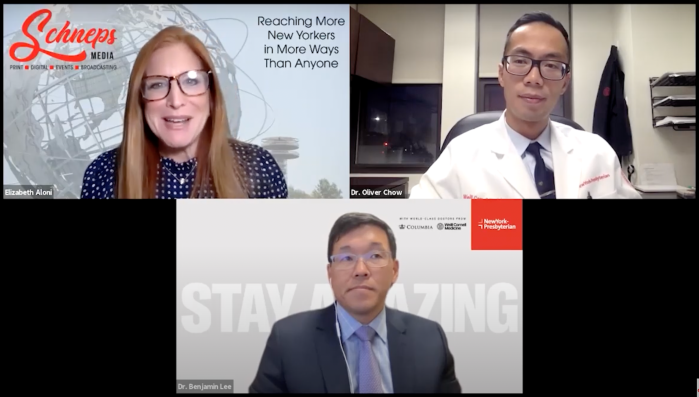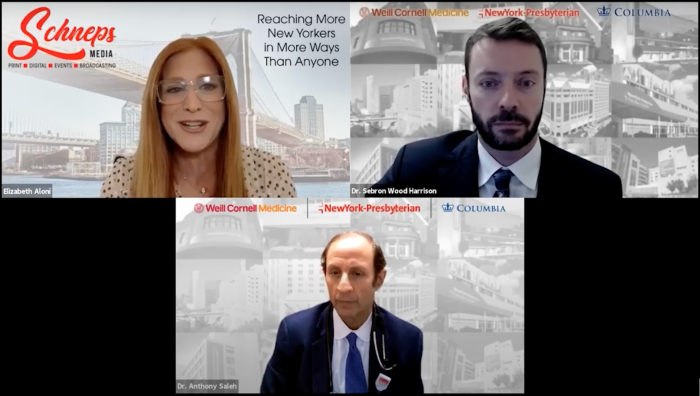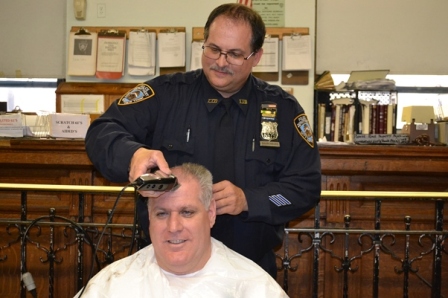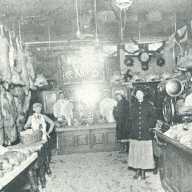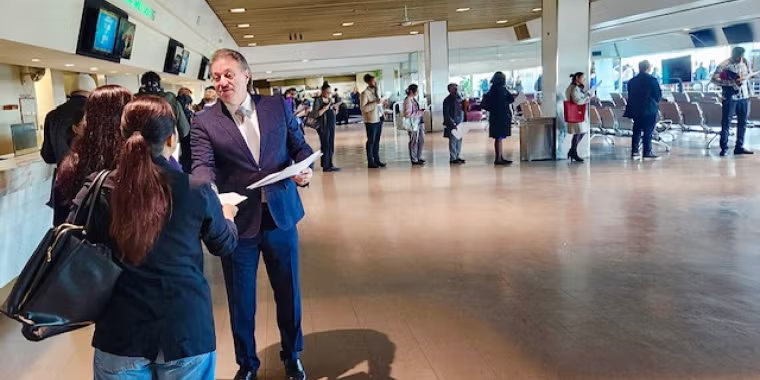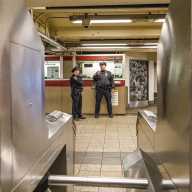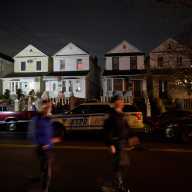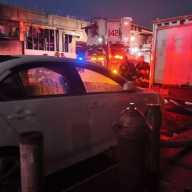Do you know if you – or someone you love – is at high risk for lung cancer? A quick and painless scan completed in less than a few minutes could save your life or the life of someone you love. But unfortunately, only about 5% of eligible Americans have been screened for lung cancer. November is Lung Cancer Awareness Month; read on to learn more about this lifesaving screening and what you should know about early detection and prevention of lung cancer.
Lung cancer is one of the most common cancers—and the single deadliest cancer—in the United States. An estimated 238,340 people will be diagnosed with lung cancer and 127,070 people will die from the disease in 2023. In New York alone, 14,150 will be diagnosed and 6,330 will die from lung cancer. But we can change this! With routine lung cancer screening, you can detect lung cancer at an early stage and have better outcomes for your health.
Lung cancer is screened through low-dose chest CT (LDCT) scanning. Though screening is effective for people at high risk, screening rates are shockingly low. Under new guidelines released by the American Cancer Society on Nov. 1, screening is recommended for people who are ages 50 to 80, have a 20 pack-year history of smoking*, and are a current or former smoker. Under these new guidelines, the number of years since quitting smoking will no longer be relevant for starting or stopping yearly screening. Anyone who smokes or has smoked and has at least a 20 pack-year history of smoking is considered to have a high risk for developing lung cancer and should be recommended for annual screening.
An LDCT is an X-ray that takes several photos of your lungs as you lie on a table that slides in and out of the machine. The images are then combined to create a detailed view of your lungs. The noninvasive scan is typically done in 1-2 minutes.
Though cigarette smoking is the number one risk factor for lung cancer, anyone with lungs can get lung cancer. Approximately 10-20% of lung cancer cases are found in nonsmokers. Other risk factors include exposure to secondhand smoke, exposure to environmental elements such as radon (which is found in some homes) or radiation, and a personal or family history of lung cancer.
Routine screening is recommended only for current or former smokers, but everyone should be aware of lung cancer symptoms, including coughing that worsens or persists, chest pain, shortness of breath, wheezing, coughing up blood, tiredness or weight loss. These could also be signs of other illnesses, so talk to your health care provider if you experience any of these symptoms to determine the cause.
If you think you are eligible for lung cancer screening, the next step is to talk to your health care provider. They can help you determine if screening is recommended for you. Share this vital information with loved ones who might qualify for screening.
And if you smoke, now is the time to quit. Quitting can have near-immediate effects and reduce your risk of lung cancer and other diseases. We know it can be easier said than done, but you don’t have to do it alone. Call 1-800-QUIT-NOW for help.
To learn more about lung cancer, visit www.preventcancer.org/lung.
*One pack year is the equivalent of smoking one pack per day for a year.
Dr. Wayne Kye is the spouse of U.S. Rep. Grace Meng (D-Queens) and a member of the Prevent Cancer Foundation’s Congressional Families Cancer Prevention Program. Statistics provided by the American Cancer Society.


